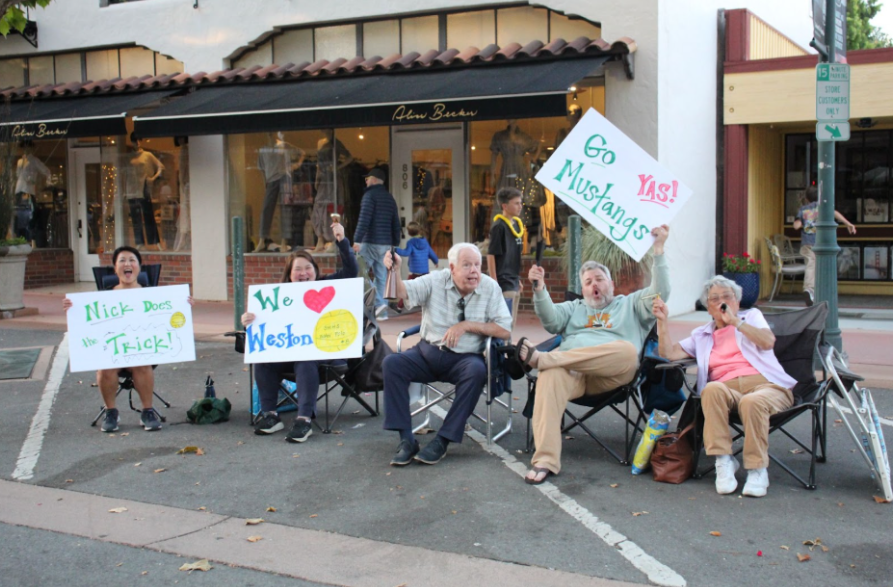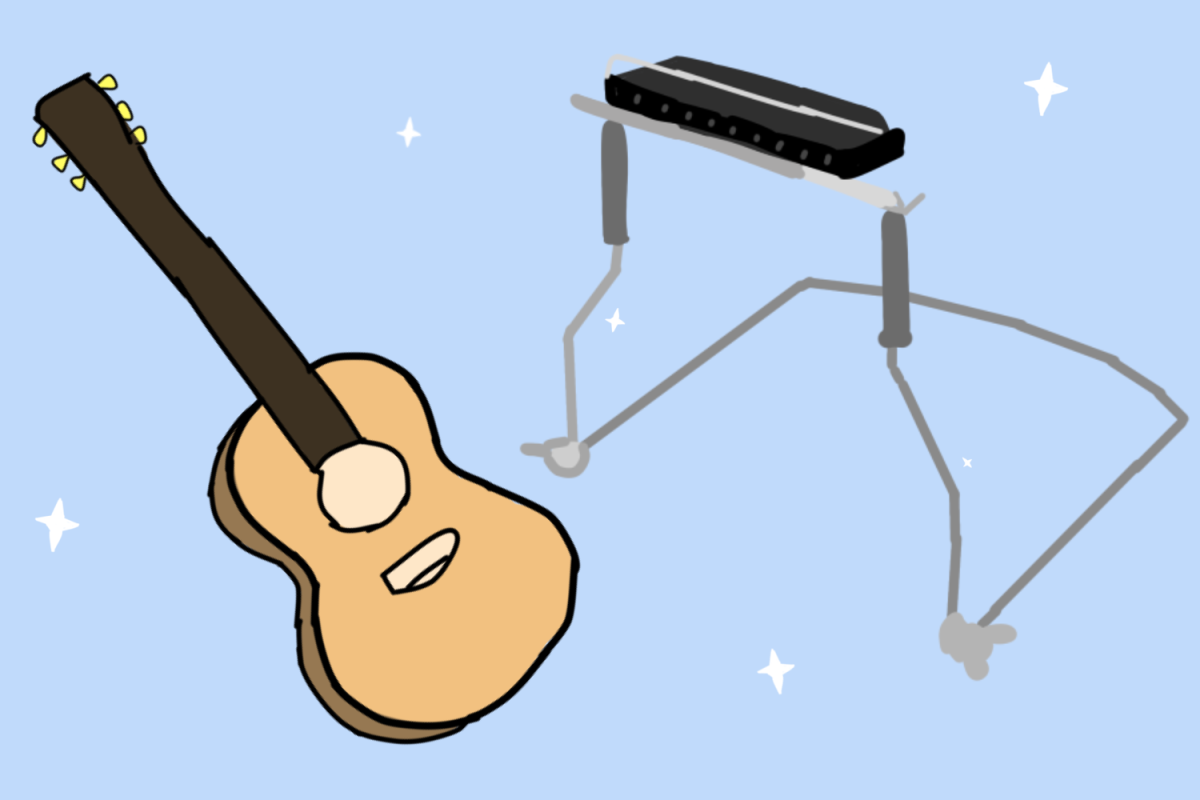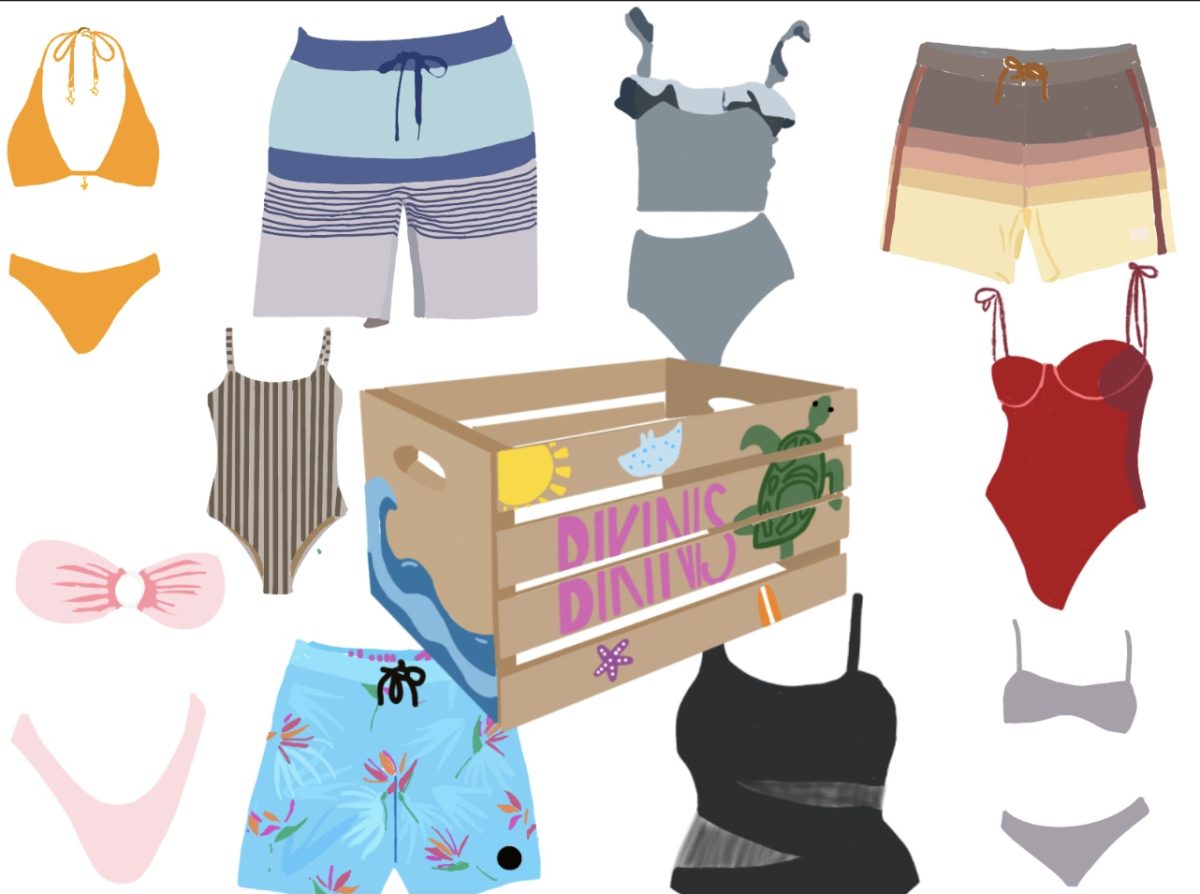
As social media grows increasingly unavoidable in the lives of today’s teenagers, so does its influence. Constant access to fresh content leads to a short lifespan for trends and fuels consumerism. While some teens are perfectly content buying into ever-changing trends and piling their closets high with the newest styles, others prefer to have a wardrobe complete with timeless pieces that can continuously be altered and re-styled to fulfill their fashion desires.
At San Marin, so-called “micro-trends” can be spotted around campus. Sported by staff and students alike – from the water bottles they carry to the bows in their hair.
Senior Grace Venezia prioritizes longevity in regard to her clothing and loathes the consumption culture present among her peers.
“I hate microtrends. They are contributing to fast fashion; there are no winners in fast fashion,” Venezia said. “I think that they take away from the sentimental value of clothing… I have pieces from my mom and my grandmother. I feel sympathetic towards future generations who may not receive things like that because pieces won’t last as long.”
Another senior, Samara Briones, has developed an appreciation for current micro-trends and subtly implements them into her style – often with a personal twist.
“I love going on Pinterest to look for fashion inspiration, but I don’t like to copy directly…I like leather jackets…and Uggs, or putting bows in my hair,” Briones said.
Micro-trends can seem unavoidable, even to teachers. French Teacher Heidi Fredrickson confessed to being influenced by social media’s constant influx of trends.
“Sometimes I give into the little fads… My algorithm knows me very well,” Fredrickson said. “Trends are not always versatile; they tend to be things that aren’t timeless, and I like things that aren’t going to go out of style.”
To combat their lack of versatility and longevity, Venezia urges students to purchase clothing intuitively, instead of simply complying with trends.
“It is important not to be influenced by fleeting trends. Focus on what you like and evaluate what pieces you’re actually drawn to as a person versus as a consumer,” Venezia said.





































